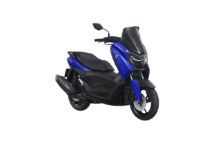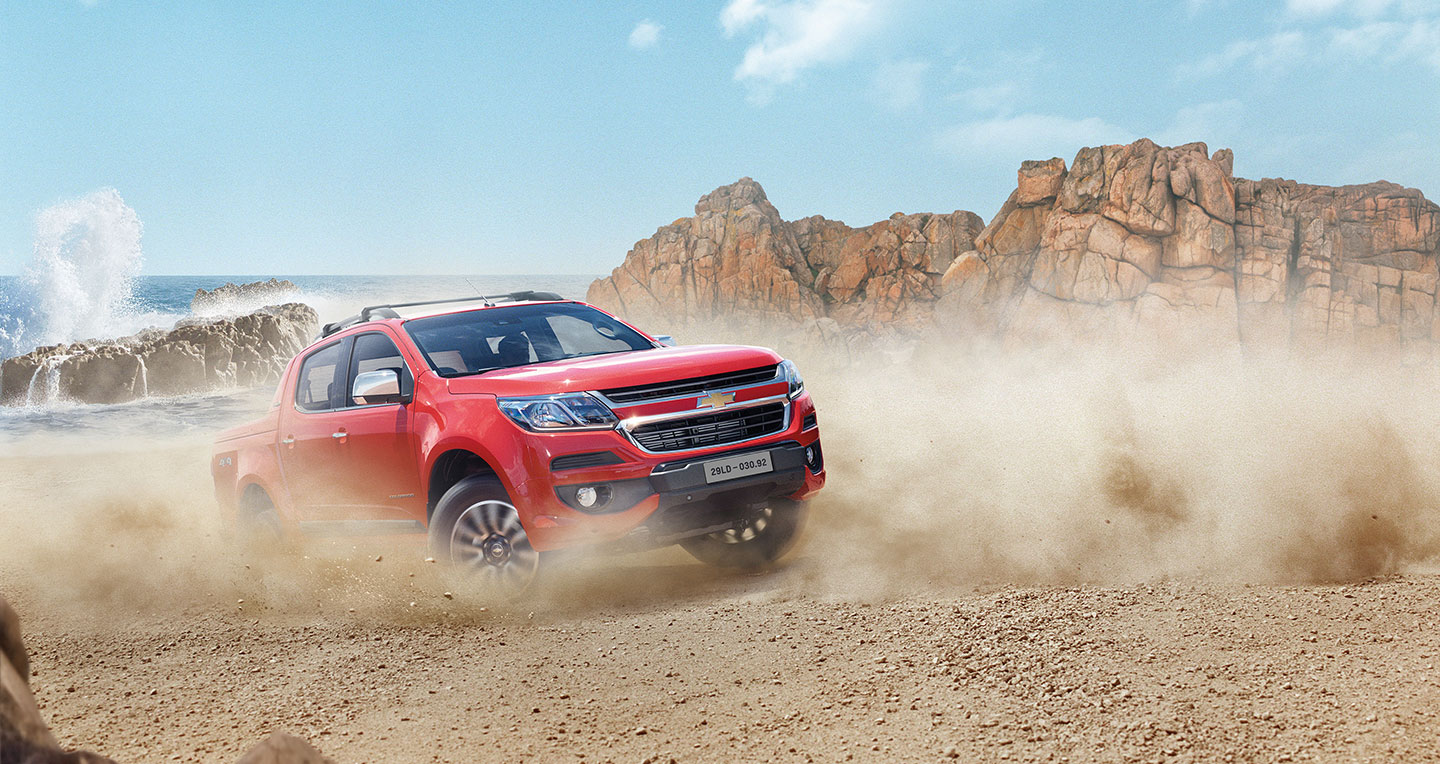Every car has a different operating mechanism on unstable or slippery surfaces depending on whether the car uses front-wheel drive (2 front wheels), rear-wheel drive (2 rear wheels), full-time 4-wheel drive (all 4 wheels), or part-time 4-wheel drive (2 wheels). You probably know what kind of drive your car uses, but do you know how it works?
Here are some basic introductions to each type of drive:
Front-wheel drive (FWD): Simply put, the engine power is transmitted to the 2 front wheels to make the car move. Models that use this type of drive include the Chevrolet Cruze, Sonic, and Spin. FWD is the most popular and commonly used drive type on the market because of its simple and compact layout, which helps save fuel and increase interior space. In addition, the weight of the engine and transmission is concentrated on the drive wheels at the front, so the car will have good traction.
A common characteristic of front-wheel drive cars is that they tend to understeer in sharp corners (the car will enter the corner less than the driver’s steering input). In difficult terrain conditions, the car also tends to continue straight instead of reacting to the driver’s steering input).
Rear-wheel drive (RWD): As the name suggests, the engine power is transmitted to the 2 rear wheels to make the car move. RWD dominated the passenger car segment until the early 1980s when FWD appeared. However, RWD is still more efficient in heavy cars with more powerful engines. That is why this type of drive is widely used in large pickup trucks, high-performance sports cars, racing cars, or police cars designed for pursuit. The 4×2 variants of the Chevrolet Colorado and Trailblazer are also in this list. 4×4 variants also partially fall into this category when the 2-wheel drive mode is not used.
In sections that require more steering input, rear-wheel drive cars tend to oversteer. This means that the car tends to turn more than desired by the driver. In difficult terrain conditions, this characteristic can cause the wheels to slide or spin. Oversteer is more difficult to control than understeer, making it more dangerous.
All-wheel drive (AWD): Do not confuse all-wheel drive (AWD) and part-time 4-wheel drive (4WD). Although both drive types involve all 4 wheels, they are designed and operated differently.
In general, all-wheel drive operates similarly to front-wheel or rear-wheel drive, with most being front-wheel drive like the Captiva model. All-wheel drive calculates and actively transfers power to the front and rear axles after the car starts to prevent wheel slip and then reverts to front-wheel drive if there is no wheel slip. Power is automatically distributed through the 1-speed auxiliary transmission (the auxiliary transmission connects to the main transmission to distribute power between the 2 front and 2 rear wheels). The advantage of AWD is that the driver does not need to perform any operation to start the system.
AWD appeals to customers who want excellent on-road performance combined with good traction on light off-road conditions such as grass, mud, sand, or gravel; terrains that front-wheel or rear-wheel drive cars can get stuck in. All-wheel drive tends to operate similarly to front-wheel drive and can understeer when entering sharp corners.
Part-time 4-wheel drive (4WD or 4×4): Part-time 4-wheel drive is often equipped with a 2-speed auxiliary transmission with high and low speeds for maximum traction. This drive type is common in pickup trucks, rear-wheel drive pickup trucks, and large-sizes SUVs with a larger ground clearance compared to passenger cars and crossover SUVs (unibody construction SUVs). Part-time 4-wheel drive provides the best traction and performance in off-road conditions.
Part-time 4-wheel drive vehicles typically operate in rear-wheel drive mode until the demand for all 4 wheels’ traction is required (part-time 4-wheel drive). The 4×4 variants of the Colorado and Trailblazer are considered to have a part-time 4-wheel drive system. For vehicles with full-time 4-wheel drive (AWD), all 4 wheels are always being pulled at the same time. The intermediate gearbox in the drivetrain system will determine how torque is distributed between the 2 front and 2 rear wheels. Typically, the rear wheels will receive more torque. The torque distribution ratio will switch to 50/50 in off-road or slippery road conditions when maximum traction is needed. On vehicles with full-time 4-wheel drive, the driver still needs to manually adjust the low torque distribution level.
With the goal of producing safer and more user-friendly cars so that drivers can focus on driving, car manufacturers like Chevrolet have developed electronic systems to enhance traction in low grip situations. These systems include Electronic Traction Control and Electronic Stability Programs. SUVs and pickup trucks like the Colorado and Trailblazer are equipped with features such as Hill Descent Control and Hill Start Assist to better cope with slippery and off-road conditions.
Dức Anh (forum.autodaily.vn)








































![[QUICK REVIEW] Toyota Camry 2.0 Q 2022: “All-around performance”](https://vnauto.net/wp-content/uploads/2023/11/E51CB75F-5218-46CE-A7F1-54C8FC9729A4-100x70.jpeg)
